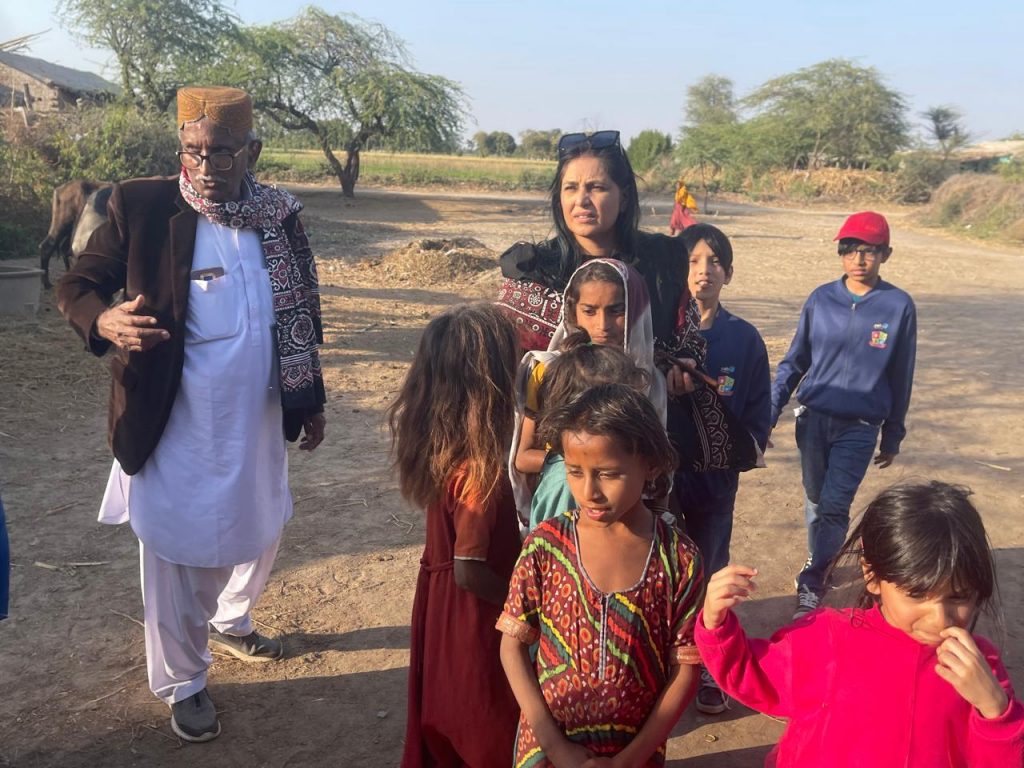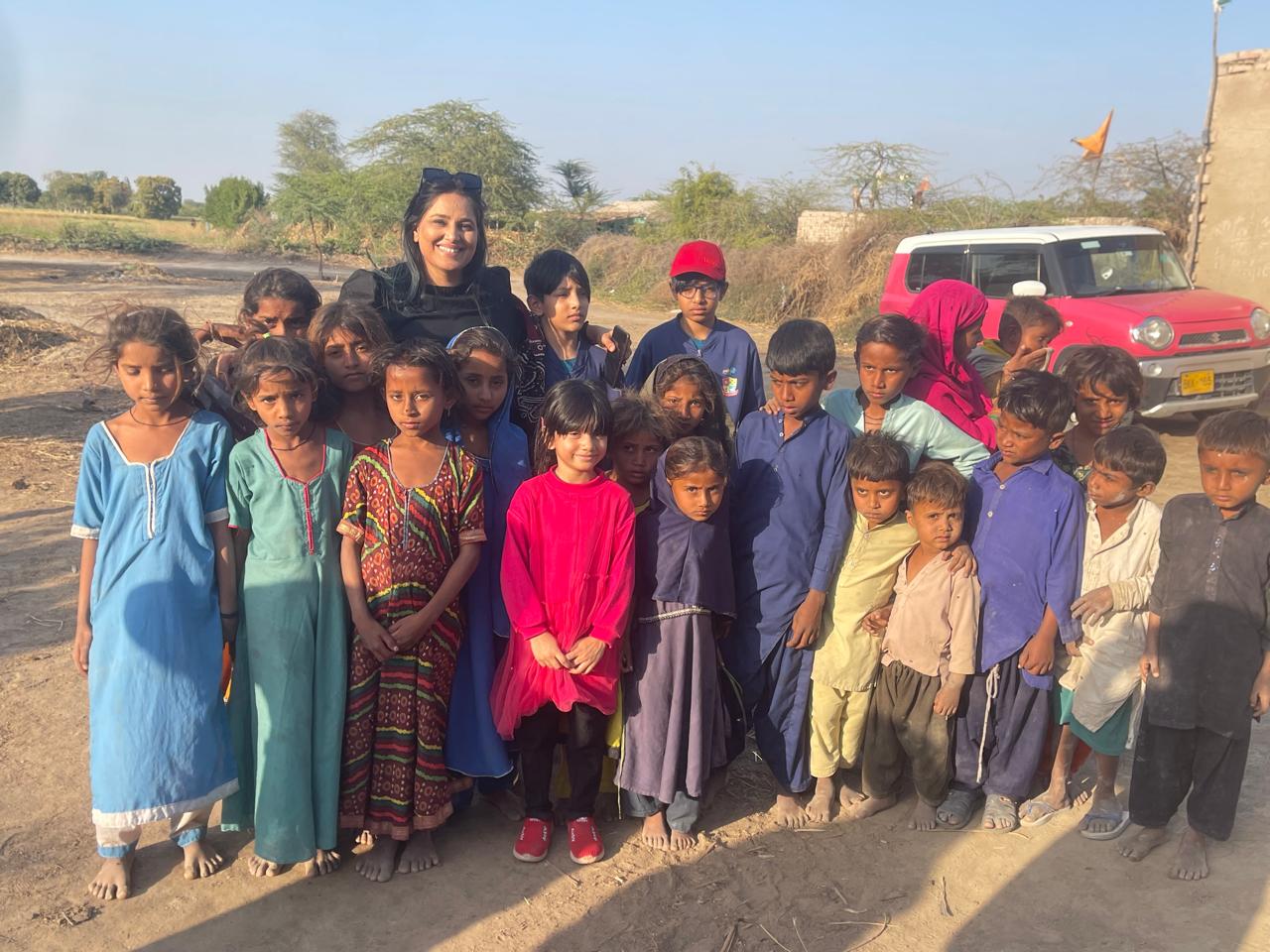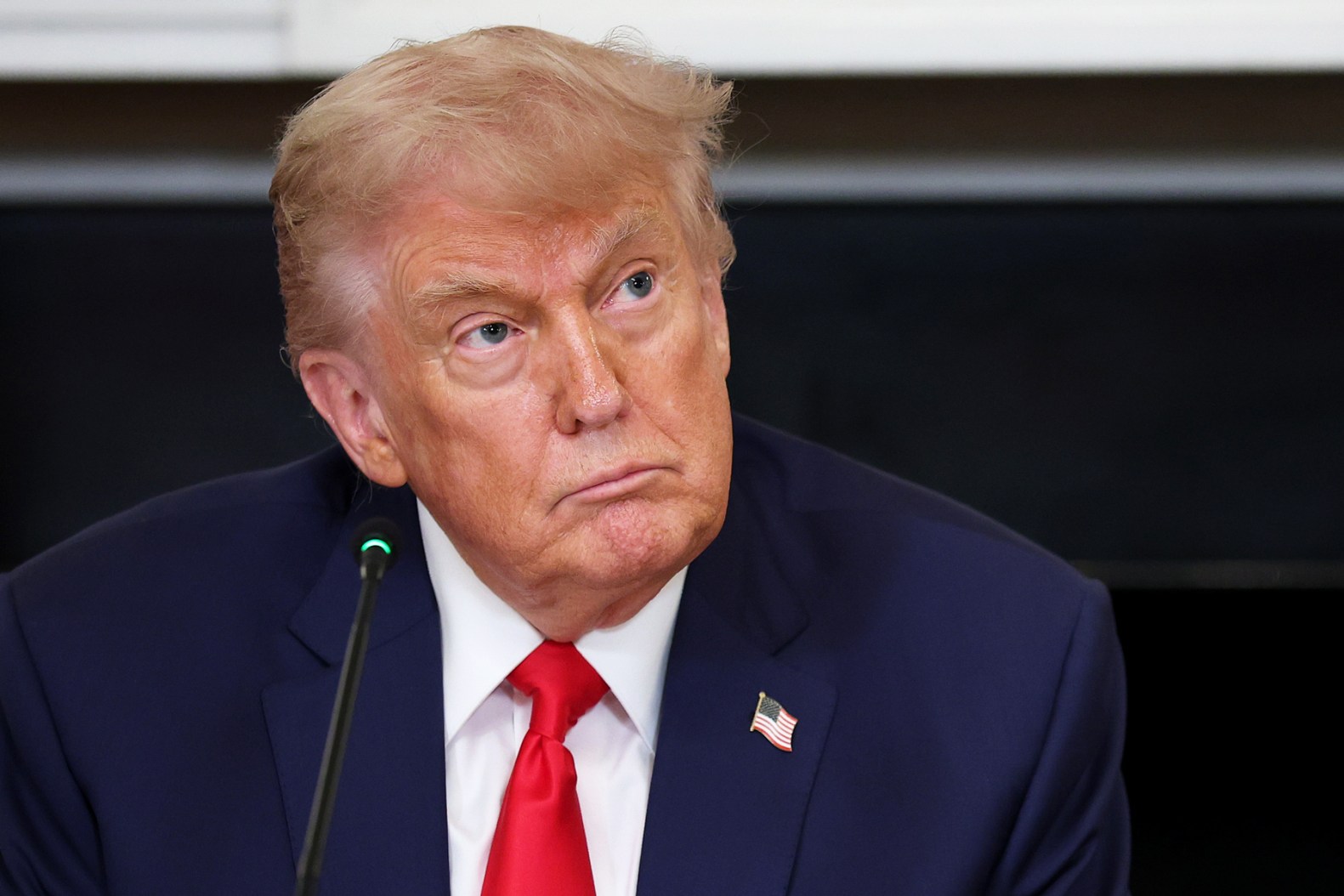(Publish from Houston Texas USA)
(By: Sobia Ali, Bureau Chief, Desi TV USA)
In a world where global leaders proudly repeat the slogan “No One Left Behind,” it takes only a slight turn of the head to see the brutal truth: millions of children are being left behind, abandoned in a race of humanity shaped by a man-made structure of inequality. Who creates these cruel rules that divide societies into rigid classes? Who decides which child deserves opportunity and which one must grow up knowing only hunger, violence, and silence? These are not natural disasters; they are consequences of human decisions, human systems, and human indifference. And an education that opens the doors to a brighter tomorrow remains a distant fantasy for far too many. When November 20 arrives each year, countries around the globe raise their blue ribbons and celebrate Universal Children’s Day in a display of solidarity. The chosen theme “My Day. My Rights.” is meant to Centre the voices, experiences, and dreams of children. The color blue becomes a symbol, a universal symbol of protection, empathy, and promise. However, the truth is stark: while some children wear blue for hope, others are trapped in lives devoid of color.
There is no rainbow in their skies, no bright classroom to escape to, no safe playground to run through. Their world is gray, filled with deprivation and neglect, because the very structures that were supposed to protect them were built by humans and too often, designed to exclude them. There are still countless children whose lives have no color, no rainbow of opportunity, only the dull, harsh reality of exclusion.
Their hands are labor-worn, their feet bare, their days heavy with survival. Even today, when we talk about the theme, we must say it clearly: this year, on this global day, the world once again celebrates the promise of leaving no child behind, a promise painted in bright blue because blue is the color of hope, safety, and the sky that belongs equally to every child. The theme reminds us that children everywhere deserve a life filled with color, dreams, and dignity. Yet, there are millions of children whose lives have no color at all. No blue, no rainbow, no sense of belonging. Only the grey shade of poverty, neglect, and silence. Their lives are muted by circumstances they did not choose. This exclusion is deeply tied to an entrenched class system.

Whether under capitalism, socialism, or flawed experiments in communism, societies have long boxed people into categories: children of privilege, children of the working class, children of the poor, children of the invisible. This class system does not fall from the sky. It is a human invention, created deliberately to maintain control, wealth, and power. Adults fight over ideologies, but it is children who pay the price. We created a world where one child is born in a room full of toys, books, and love… and another child is born in a slum, surrounded by hunger, fear, and uncertainty. This inequality is not fate, it is a design, built brick by brick by human hands, by policies that favor the elite, and by systems that ignore the most vulnerable.
Globally, the crisis is staggering. Across the world, more than 260 million children are out of school. One in six children lives in extreme poverty. Every five seconds, a child dies from preventable causes. Over 150 million children are involved in child labor. More than 40 million children had been displaced by wars. These numbers are not statistics they are stolen childhoods, broken futures, and silenced dreams. Imagine a world where a child is born with no idea that they are about to enter a society obsessed with race, class, money, and competition a society where the first gift given to a child is not loved, but inequality. In this harsh reality, education emerges as a critical pathway out of poverty. But in many countries, including Pakistan, that path is blocked for far too many.
A recent report by the Pakistan Institute of Education (PIE) reveals that more than 25 million children across Pakistan are currently out of school, with 20 million never having attended classes. This means nearly half of all children in the country do not receive a basic education. Not because they don’t want to learn. Not because their parents don’t care. But because education has become a privilege reserved for the few. Children from educated families continue to study, progress, and find opportunities. But children from poor families? They inherit poverty the way others inherit wealth. This cycle continues generation after generation: a poor family gives birth to a child with dreams… but dreams cannot feed a stomach. Dreams cannot pay fees. Dreams cannot buy uniforms or books. So, the child becomes a chai Wala, a helper, a mechanic’s apprentice, a laborer, or worse, ending up in the juvenile system. When a child enters this world, they do not know society has already written their destiny. They don’t know they are entering a race they didn’t start, didn’t choose, and can never win because the track is tilted against them. Crime rates rise not because children are “bad,” but because society failed them first. Without access to education or social protection, many children see crime as a survival strategy.
In the juvenile justice system, they are treated more like offenders than children needing care, education, and rehabilitation. They become cases, statistics, files, not children with broken dreams. And then comes the bleeding reality of ghost schools. In many parts of Pakistan, there are buildings called schools, but no teachers, no students, no learning. Ghost schools locked doors, empty rooms, hollow promises. How can we say “education is every child’s right” when thousands of schools exist only on paper? How can we build a strong society when the foundation of education is missing? If education becomes accessible to all, only then can we build a fair, peaceful, and prosperous country. A child deprived of education is a nation deprived of its future. Every child who remains uneducated is a doctor lost, a dreamer lost, a scientist lost, a leader lost, an artist lost, a reformer lost. When we deny children education, we are not just harming individuals; we are destroying the future of entire communities, nations, and generations.
Because a society where only the rich get richer and the poor get poorer is not a society, it is a tragedy. A world where some children have everything and others have nothing is not a world; it is a wound. Every child deserves color, dignity, security, and opportunity. Every child deserves a rainbow. Every child deserves a tomorrow.
Concluding Remarks
When we talk about “No One Left Behind,” we must confront the truth: millions are already left behind. And until every child, in every corner of the world, can wake up in a room with color, opportunity, and dignity, the slogan remains nothing more than a hollow promise. True change demands bold action, radical empathy, and unwavering commitment to justice. Only then can we build a world where every child’s rights are not just spoken about, they are lived, every day. Let us unite with hope, courage, and clarity to break the chains of discrimination, class division, and human-made barriers that stand between a child and their future. No child should carry a label; every child carries a dream. Let us protect those dreams, nurture them, and build a tomorrow worthy of their bright, beautiful eyes. There is no greater revelation of a society’s soul than the way it treats its children. “Nelson Mandela”


